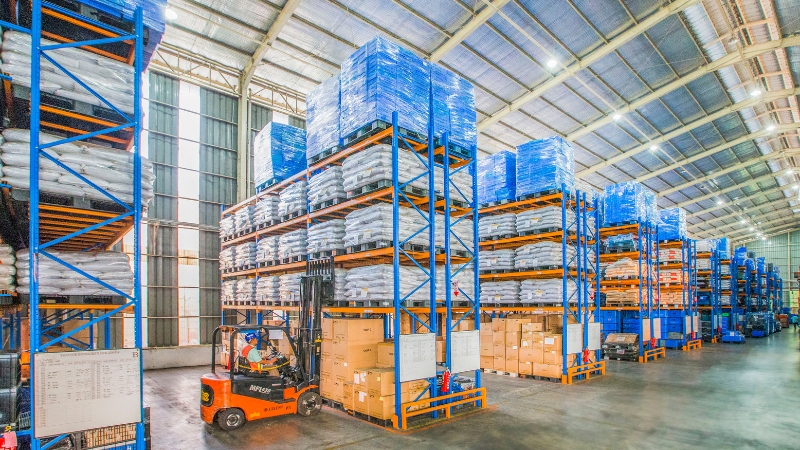Three ways to navigate the GST hike

In January 2023, Goods and Services Tax (GST) has increased from 7 per cent to 8 per cent, with another increase to 9 per cent by 1 January 2024. This will inevitably spell greater cost pressures for business, especially small- and medium-sized enterprises (SMEs) who may already be struggling with the ongoing turmoil in the supply chain.
In light of the GST rise, how can small businesses continue to remain competitive without passing the costs down to their customers in the form of higher prices? If you are looking for ways to cope with the impact of the GST hike, here are three tips that may help your business preserve your bottom line, and remain competitive in a challenging business environment.
1. Voluntary GST registration
Businesses are generally required to apply for GST registration if they make taxable supplies in Singapore exceeding S$1 million a year. But the businesses who do not meet this requirement can still volunteer for GST registration.
As GST-registered businesses, business owners are able to recover the GST incurred on their expenses, provided they meet the general input tax recovery rule. This will allow them to offset any possible cost increases caused by the GST increase, meaning there will not be any change to their bottom line.
While this will mean lower costs for businesses themselves, it could reflect in higher prices for consumers who may not be GST-registered and are unable to recover the GST they now charge on their products. Business owners will therefore need to assess the price sensitivity of their goods or service to determine if customers will be put off by higher prices before making a decision.
2. Automating tax processes

If a business is GST-registered, the next step will then be to ensure that proper tax procedures are in place to avoid non-compliance, which can be costly.
With a higher GST rate also comes higher penalties for potential non-compliance, such as when businesses underpay or over-claim their taxes. Singapore imposes a 5 per cent penalty for the late payment of taxes. Beyond this 5 per cent, businesses will also have to foot the cost of GST out of their pockets if it was not properly charged to customers and cannot be recovered from them.
Businesses can therefore consider automating their finances to minimise such errors. With the Productivity Solutions Grant, organisations can procure such technologies at a subsidised rate. Beyond ensuring tax compliance to avoid penalty fees, automation solutions can also help to boost productivity as employees can focus on higher-value tasks like generating more revenue instead of spending time on menial accounting tasks like tax filing.
3. GST relief schemes

Businesses can also look into GST suspension schemes to help alleviate the increased costs brought about by the rate hike.
For example, businesses that import and export goods in substantial volumes can consider the Major Exporter Scheme (MES), which is administered by the Inland Revenue Authority of Singapore. The MES is designed to ease the cash flow of such businesses by suspending the payment of GST upfront on imported goods that are non-dutiable.
Another scheme companies can look at is the Zero-GST Warehouse Scheme (ZGS), which allows approved companies to store imported non-dutiable goods for an indefinite period of time in licensed premises designated by the Singapore Customs. While the goods are in storage, GST payment is suspended. Businesses will only need to pay the GST when the goods are removed from the warehouse for local use or consumption, and need not pay if they are removed for export, among other conditions.
The GST rate hike is on its way, but it doesn’t have to spell immediate doom and gloom for businesses. Government support schemes like GST vouchers will continue to alleviate the pressure on lower-income households in Singapore, while some of the above tips may prove useful in helping businesses stay competitive!
This article is accurate as at 10 Nov 2023

